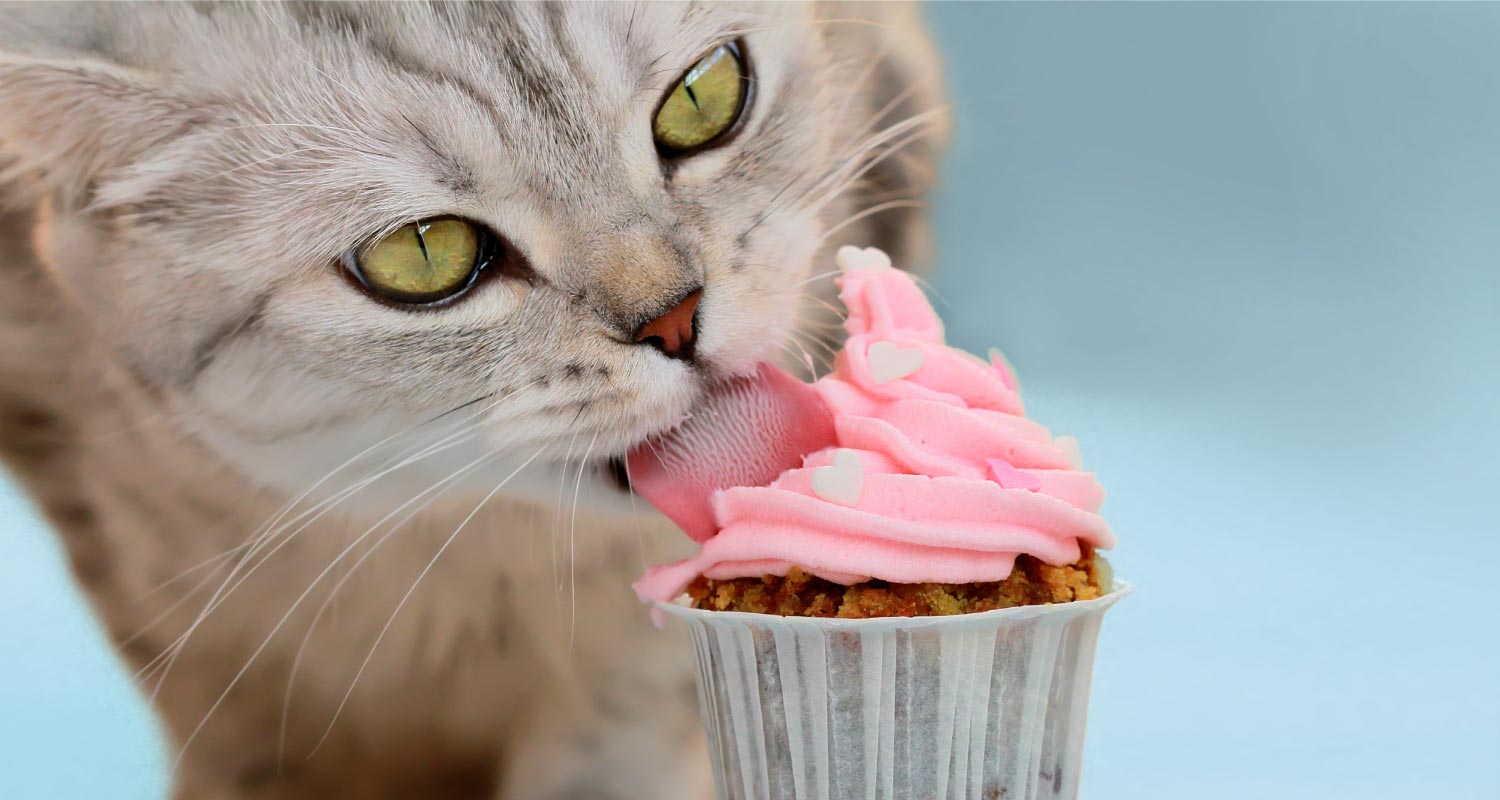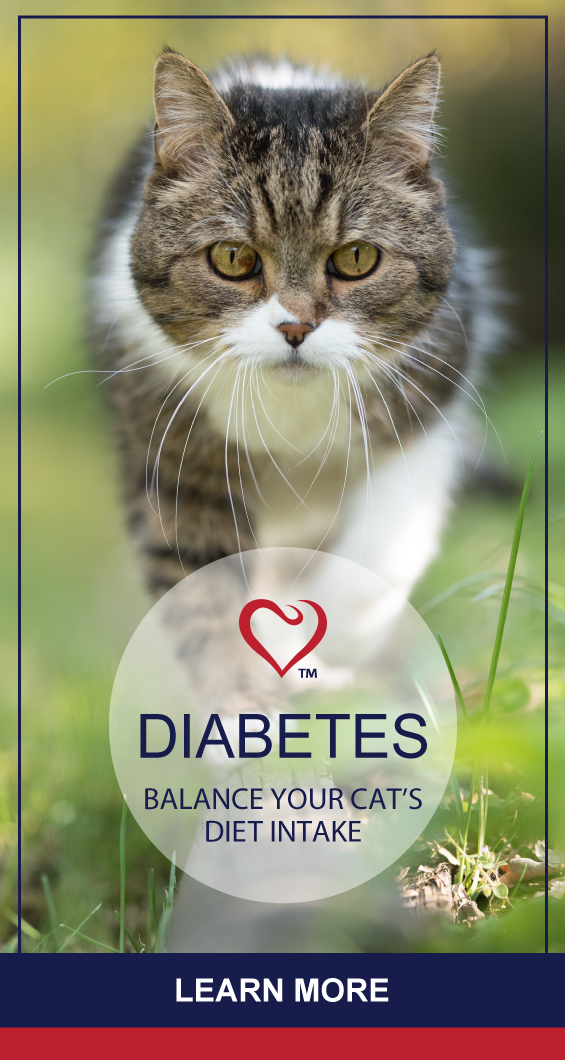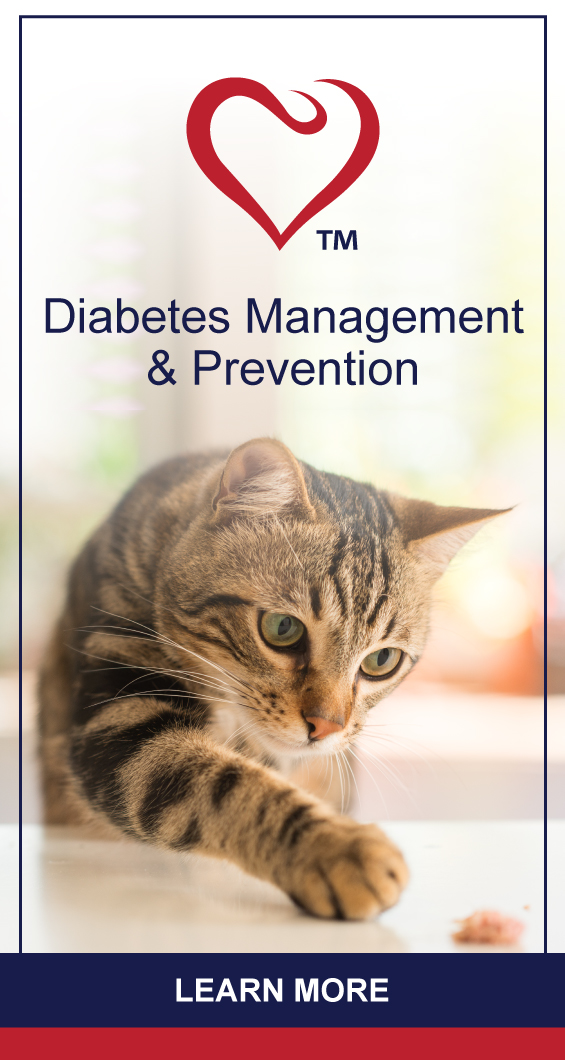HEALTH & WELLNESS

TRENDING

We’re excited and honoured to feature South Africa’s second largest independent animal welfare organisation on PetlifeSA.
Diabetes in Cats

OVERVIEW
Feline diabetes, or diabetes mellitus, is a disease caused when the body cannot properly respond to the hormone insulin, which is produced and released by the pancreas.
As in the human body, the cells in a cat’s body need energy in the form of glucose (sugar) for their metabolism and other functions. Glucose in the blood needs insulin to ‘unlock’ the door to cells. Insulin attaches to cells and signals when the time is right to absorb glucose.
By absorbing glucose, cells in the liver, the muscles and fat deposits get energy for their functioning while glucose levels in the blood are regulated.
If your cat isn’t producing enough or any insulin, the cells in his body are unable to absorb glucose from the blood and they become starved of energy.
In Type I diabetes, glucose concentrations are high because the pancreas doesn’t make enough insulin.
In the case of Type II diabetes, glucose levels are high because cells in the body are unable to effectively use available insulin, or when the pancreas is producing some insulin, but not enough for the body’s needs.
Most diabetic cats have Type II diabetes and many of them require insulin to adequately control their illness.
If too much glucose builds up in the cat’s body due to the lack of insulin, the disease can become dangerous and even life threatening.
SYMPTOMS
Depending on the stage of disease, clinical signs can include the following:
- Increased thirst
- Dehydration
- Urinating more than usual
- Increase or decrease in appetite
- Weight loss, even with increased food intake
- Tiredness
- Vision loss
- Vomiting
- Weakness in the back of legs
CAUSES
The exact cause of feline diabetes is difficult to identify. However, diabetes seems to affect overweight cats, because obesity makes the cat’s body less responsive to the effects of insulin.
Older cats are also more susceptible to diabetes. Diseases like hyperthyroidism and chronic pancreatitis may also make cats more prone to develop diabetes.
DIAGNOSIS
If a cat presents any suspicious clinical signs, such as increased drinking, your veterinarian will perform a thorough physical examination and recommend tests to check glucose concentrations in the blood and urine.
These test may include:
- CBC (complete blood count) and chemistry profile: These initial blood tests provide information about the cat’s organ systems. They may show dehydration, an elevated blood sugar level, or other changes that can occur with diabetes.
- Urinalysis: Evaluation of a urine sample may show the presence of sugar (glucose) in the urine if diabetes is present.
- Fructosamine test: Fructosamine is a protein in the blood that binds very securely to glucose. This provides a long-term view of blood glucose over the previous one to three weeks. In a cat with diabetes, the blood sugar levels are likely high for long periods of time.
Related Articles









